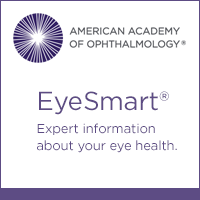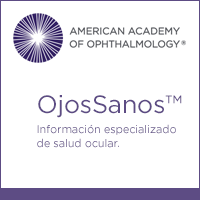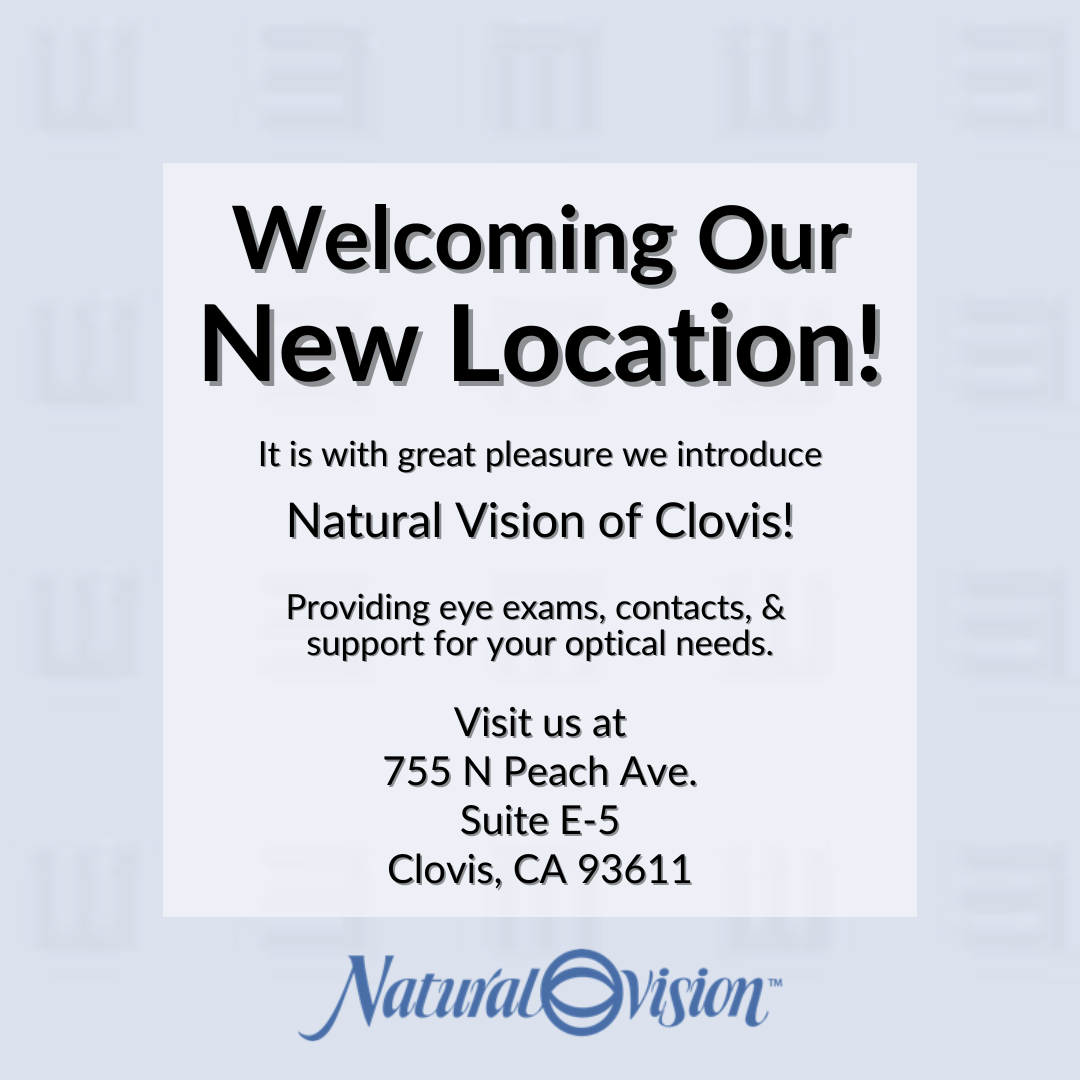Presbyopia is the normal, age-related loss of near focusing ability. What seems to happen is that a patient wakes up and says, “I cannot read the paper!” They blame last night’s dinner and the rowdy neighbor’s dog. Grumpiness sets in. Usually the spouse picks up on this and they try dime store glasses which work temporarily. Having overcome this cognitive dissonance, the person sits back and starts learning about presbyopia. That’s where we come in. Our understanding of this condition is changing every day.
First let’s review how our eye’s changes focus.
Accommodation is the process by which the eye changes optical power to maintain a clear image (focus) on an object as its distance varies. The human eye can change focus from distance quickly to near in less than 350 milliseconds.
You can measure your lens accommodative reserve fairly easily. It’s predictable and quantifiable. Here are some home tests you can do right now:
• Take your age, divide by 3 and then subtract this from 18.5, and whala you have an answer!
• With your glasses on, (with one eye covered)take a credit card and hold it one arms length from you.Slowly bring the card closer to you until the small print on the back of the card blurs. Measure this distance with a tape measure and use this formula to arrive at your accommodation reserve!
• Divide the distance in centimeters by 100. For example the distance you measure is 50cm then 100/50cm= 2.0. Then your accommodative reserve is 2.0 Diopters.
Now you see Presbyopia is inevitable and unfortunately there is no way of preventing it (unless we find the cure to reverse aging). By the time most people turn 45 years old, they will have lost more than half their ability to accommodate. By 75, there is no accommodative ability left.
Theories on the mechanism for Presbyopia:
• Helmholtz’s theory attributes the linear decrease in the amplitude of accommodation with age to hardening of the crystalline lens.
• Schachar’s theory attributes the linear decrease in the amplitude of accommodation with age to normal lens growth which results in a decrease in the distance between the ciliary muscle and the equator of the lens. This reduces the effective force the ciliary muscle can apply to the lens equator.
Methods of Treatment:
· Bifocal Glasses: Let’s start with the most used technological solution to age-related loss of accommodation which dates back to Benjamin Franklin’s invention of the first bifocal (multifocal spectacles). Yes, in the past few decades the optical industry has made tremendous improvements in design to provide Natural Vision for patients to see at all distances however this is not ideal for all patients.
Many good bifocal and multifocal contact lenses are now available that some patients are happy with. They provide good vision at most distances but night vision or very small print maybe distorted.
· Surgical treatments:
Monovision Lasik
PresbyLasik
Conductive Keratoplasty
Refractive lens exchange
Intrastromal correction/IntraCor
Corneal Inlays & Onlays
There have been many new and exciting attempts to surgically treat and reverse presbyopia. Some are currently in clinical trials like the scleral implant procedure, laser assisted presbopia reversal and accommodating intraocular lenses.
· Pharmacological – A different approach to treating Presbyopia currently being investigated and evaluated is a pharmacological treatment.
We know a number of commonly used ophthalmic medications that affect the activity of the accommodative system.
Stimulation of the parasympathetic nerves that work specifically on the muscarinic receptor at the ciliary body will stimulate accommodation. An example would be the agent pilocarpine which has 3 actions. First you get constriction of the pupil, second contraction of the circular fibers of the ciliary muscle and third contraction of the longitudinal fibers of the ciliary muscle. This essentailly results in smaller pupil, more near focus and lower eye pressure. The optimal concentration and types of drops may vary for each patient, but can be a very promising method to treat Presbyopia non-surgically.
Call us now for an appointment (559) 432-1000 to find out more about these exciting breakthroughs!
–Aryan Pazirandeh, O.D.





